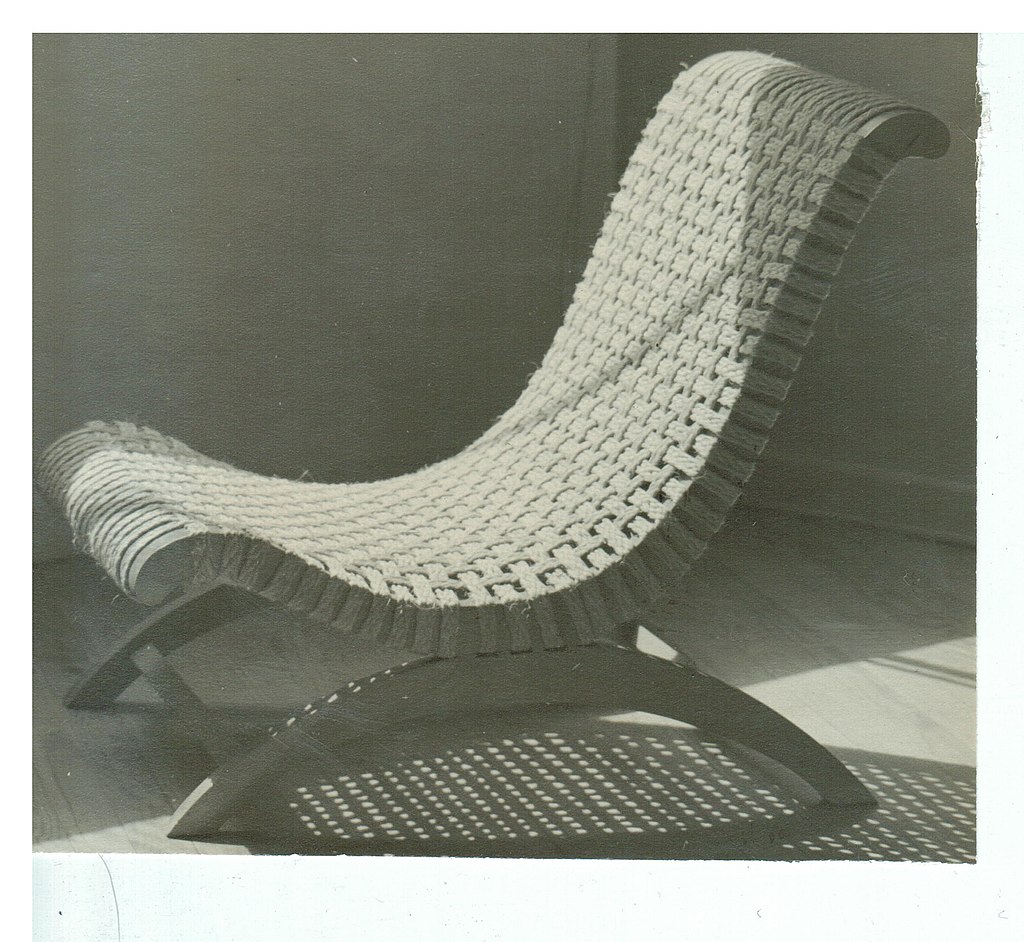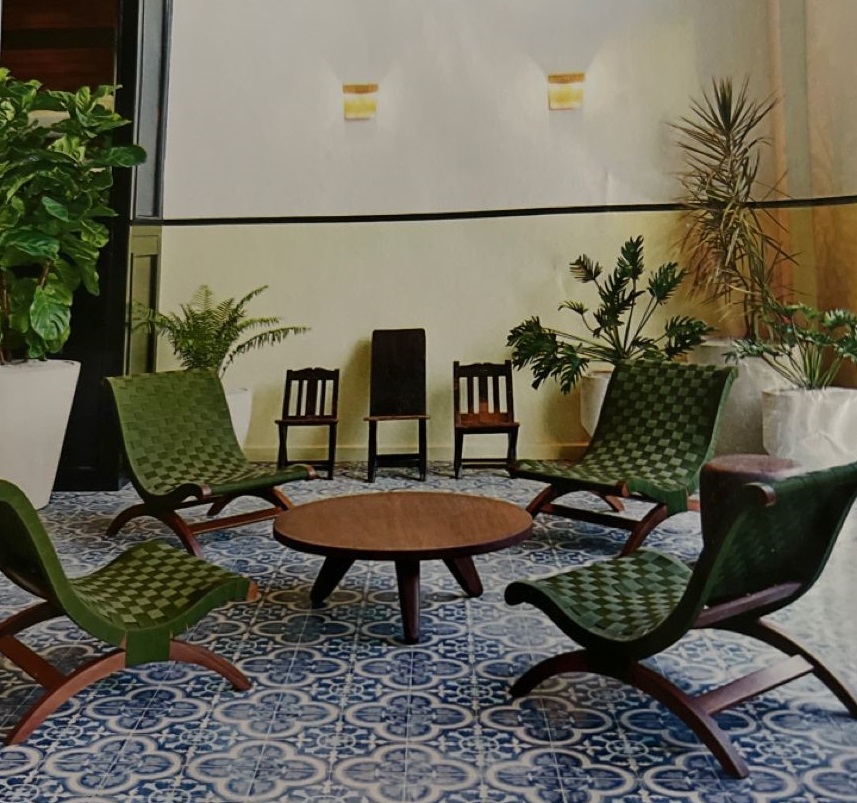MIAMI, United States. – The Cuban Clara Porset, born in Matanzas in 1895 and died in Mexico in 1981, although unknown to most on the Island, is one of the great masters of furniture design in Latin America.
After studying at the National School of Architecture in Paris, Porset dedicated himself to furniture and interior design in Cuba, the United States, Mexico and Cuba. In an interview with Cuban Art News, the writer Jorge R. Bermúdez, author of the book Clara Porset, Design and Culturedelved into the life and work of this design pioneer.
Bermúdez discovered Clara Porset while investigating Conrado Massaguer, a prominent Cuban artist and cartoonist of the 20th century. During her trip to Mexico in 1990 to teach Graphic Design classes at the University of Xochimilco, she met Professor Oscar Salinas Flores, who had been a student of Porset’s at the University of Mexico. This connection allowed him to follow the trail of the Cuban designer and learn more about her life and work.

Clara Porset came from a wealthy family that allowed her to study abroad. During her stay in Europe in the 1920s, she discovers the bauhaus and he meets Walter Gropius and Hannes Meyer, two key figures in the German school of design.
Upon returning to Cuba, he began to write for the magazine Social, founded by Conrado Massaguer in 1916. His texts address different aspects of modern design, from movie theater facades to typography and posters. Through his correspondence with Gropius and Meyer, he immersed himself in modern design and began to develop a theory about the house in the tropics. This research culminated in a conference entitled “Contemporary Interior Decoration: its adaptation to the tropics” that he gave in Havana in 1931.
After moving to Mexico due to the political situation in Cuba, Porset becomes fascinated with Mexican crafts and creativity. According to Bermúdez, she understands that “in the true and good tradition there were many elements that could be put into function of a modern functional design, in that country, in America and even in Cuba.” Porset marries Mexican muralist Xavier Guerrero and works with designers and artists such as Diego Rivero and Frida Kahlo.

Bermúdez highlights how the Cuban designer fuses tradition, pre-Hispanic culture and modernity in her designs. She studies traditional Yucatecan furniture such as the butaque, and adapts it to her modern aesthetics and the needs of her time. In addition, she investigates Cuban colonial furniture, especially that of the 19th century, adapting her design according to the new technological realities.
Briefly in Cuba, in the 1960s, Porset led the design of furniture for schools, hospitals, hotels and other public spaces. His work became an integral part of the Cuban cultural and architectural landscape during this period.
According to Bermúdez, at a time when modern design was considered an exclusively European and North American manifestation, Porset demonstrated that Latin America also had something to contribute to the international current.













